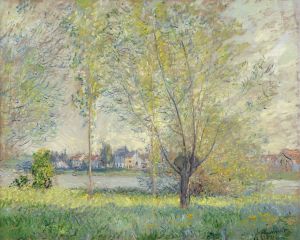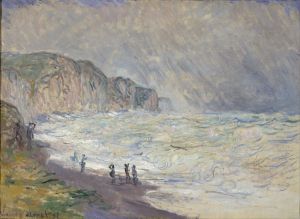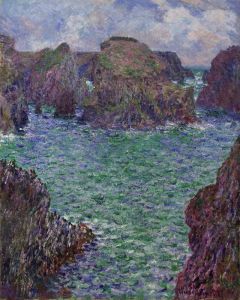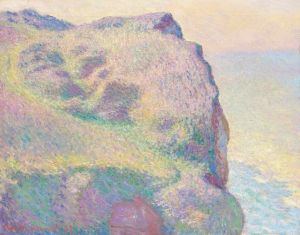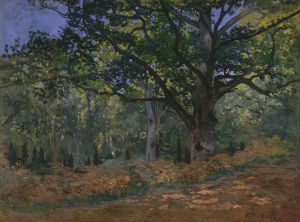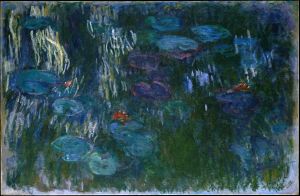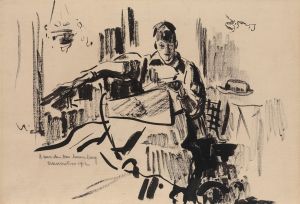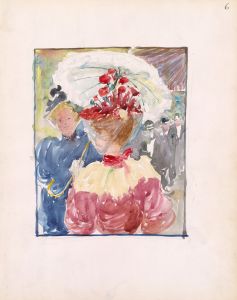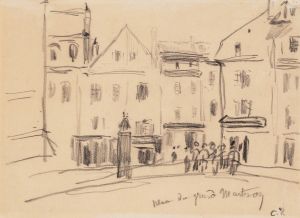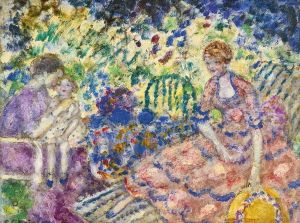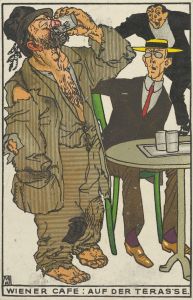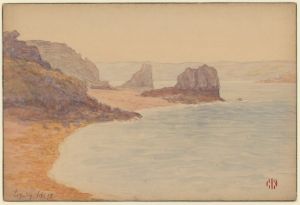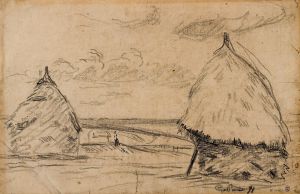
The Luncheon
A hand-painted replica of Claude Monet’s masterpiece The Luncheon, meticulously crafted by professional artists to capture the true essence of the original. Each piece is created with museum-quality canvas and rare mineral pigments, carefully painted by experienced artists with delicate brushstrokes and rich, layered colors to perfectly recreate the texture of the original artwork. Unlike machine-printed reproductions, this hand-painted version brings the painting to life, infused with the artist’s emotions and skill in every stroke. Whether for personal collection or home decoration, it instantly elevates the artistic atmosphere of any space.
Claude Monet's "The Luncheon" is an early work by the renowned French Impressionist painter, created in 1868. This painting is notable for its depiction of an intimate domestic scene, capturing a moment in the everyday life of the artist's family. It is a significant piece in Monet's oeuvre as it reflects his evolving style and experimentation with light and color, elements that would later become hallmarks of the Impressionist movement.
"The Luncheon" portrays a dining room setting in Monet's home in Étretat, Normandy. The composition includes Monet's partner, Camille Doncieux, and their son, Jean Monet, who was born in 1867. The painting provides a glimpse into the private life of the artist, showcasing a moment of leisure and familial interaction. Camille is seated at the table, while young Jean is seen playing on the floor, adding a sense of warmth and intimacy to the scene.
Monet's use of light in "The Luncheon" is particularly noteworthy. The painting captures the natural light streaming through the windows, illuminating the room and casting soft shadows. This attention to light and its effects on color and form is a precursor to Monet's later works, where he would explore these elements more extensively. The artist's brushwork in this painting is relatively loose, hinting at the Impressionist style he would help to pioneer.
The color palette of "The Luncheon" is dominated by soft, muted tones, with subtle contrasts between the interior and the natural light. Monet's choice of colors and his ability to capture the play of light on different surfaces demonstrate his growing interest in the effects of light and atmosphere, which would become central themes in his later works.
"The Luncheon" also reflects Monet's interest in capturing modern life, a theme that was prevalent among the Impressionists. By depicting a simple, everyday scene, Monet aligns himself with the movement's focus on contemporary subjects and the rejection of historical and mythological themes that dominated academic painting at the time.
This painting is housed in the Städel Museum in Frankfurt, Germany, where it is part of their permanent collection. It provides valuable insight into Monet's early development as an artist and his transition towards the Impressionist style. "The Luncheon" is an important work for understanding the evolution of Monet's artistic vision and his contribution to the Impressionist movement.
Overall, "The Luncheon" is a testament to Monet's skill in capturing the nuances of light and his ability to convey the subtleties of domestic life. It stands as an early example of the themes and techniques that would define his later masterpieces, offering viewers a glimpse into the formative years of one of the most influential artists in the history of Western art.





